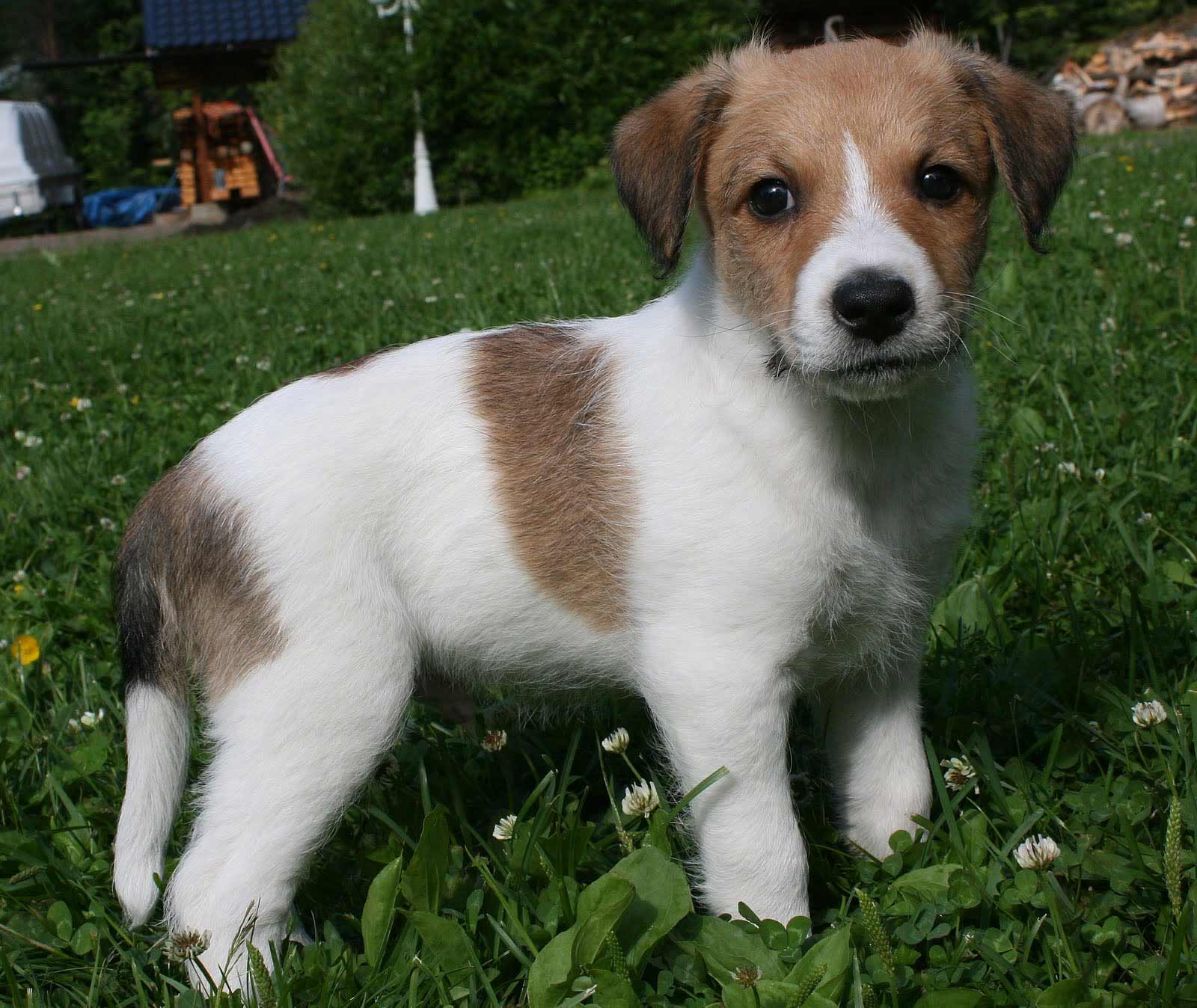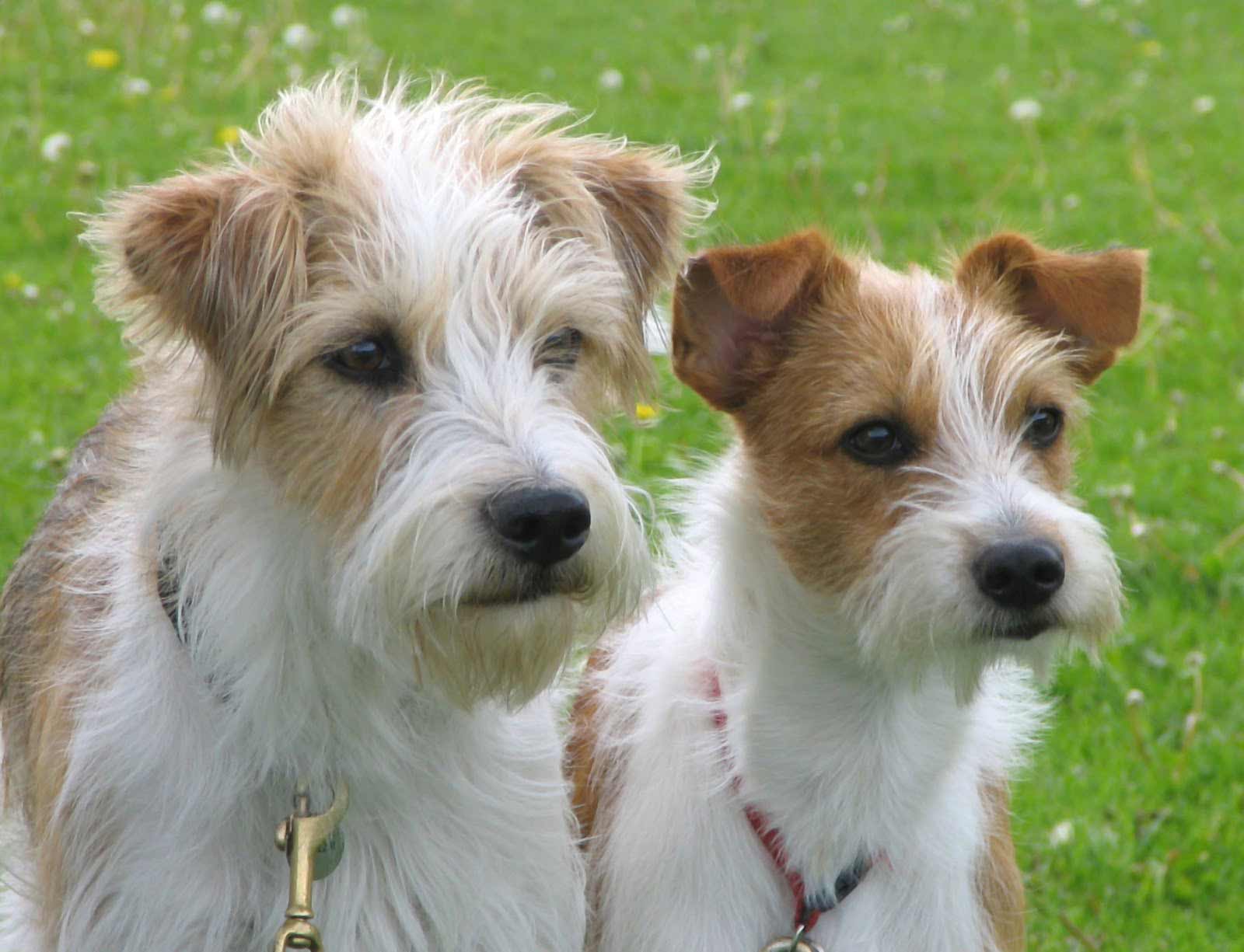Kromfohrländer: The Rare and Devoted German Companion

History of the Kromfohrländer
The Kromfohrländer is a relatively young and rare breed that originated in Germany in the mid-20th century. Its name comes from the region “Krom Fohr” (Crooked Furrow), near Siegen in western Germany. The breed was developed accidentally during World War II, when an American soldier’s wire-haired terrier-type dog mated with a local German Fox Terrier. The resulting offspring displayed desirable traits of loyalty, intelligence, and affectionate nature.
Ilse Schleifenbaum, a German breeder, refined the line through careful selection, ultimately creating the Kromfohrländer as we know it today. The breed was officially recognized by the Fédération Cynologique Internationale (FCI) in 1955 but remains extremely rare outside Germany and parts of Europe.
Popularity of the Kromfohrländer
Due to its limited gene pool and strict breeding practices, the Kromfohrländer is uncommon, even in its country of origin. However, it is cherished by those who know the breed for its strong bond with humans, playful personality, and suitability as a family pet.
In recent years, small numbers have begun to appear in countries like the United States, Finland, and the Netherlands, where breed enthusiasts are working to increase awareness and maintain its integrity through responsible breeding.
Physical Traits of the Kromfohrländer
A medium-sized, well-proportioned companion dog, the Kromfohrländer has an athletic yet compact build and a warm, alert expression. It comes in two coat varieties: smooth and wire-haired.
Coat:
• Smooth: Short and close-fitting, with light feathering on the legs and tail.
• Wire-haired: Rougher texture, with a distinct beard and eyebrows.
Color:
• White base with brown, tan, or reddish-brown markings.
• Markings may be solid or brindled and usually appear on the head, ears, and body patches.
Size:
• Height: 15–18 inches (38–46 cm)
• Weight: 20–30 lbs (9–14 kg)
Head & Expression:
• Slightly rounded skull, strong muzzle, and dark oval eyes.
• Friendly and intelligent expression.
Ears:
• Triangular and semi-erect, falling forward close to the cheeks.
Tail:
• Curved or saber-shaped, carried level or slightly upward when alert.
Body:
• Compact, muscular, and agile without being overly bulky.
Behavioral Traits of the Kromfohrländer
This breed is known for its devoted, people-focused personality and makes a superb companion in a household where it can be close to its humans.
Loyal and Attached: Forms deep bonds with its family—often described as a "Velcro dog."
Playful and Energetic: Enjoys games and interactive play; maintains a youthful spirit into adulthood.
Sensitive: Emotionally attuned to human moods; responds best to gentle, positive training methods.
Reserved with Strangers: May be shy or aloof with new people—early socialization is crucial.
Intelligent and Trainable: Quick to learn but may become stubborn if bored or overwhelmed.
Low Prey Drive: Unlike many terrier-influenced breeds, the Kromfohrländer is generally not highly prey-driven and gets along well with other animals.

Why Choose a Kromfohrländer?
Ideal for households looking for an affectionate, smart, and clean indoor companion, the Kromfohrländer offers a perfect blend of temperament and size.
Great Family Companion: Gentle and reliable with children when raised together.
Low Shedding and Odor-Free: Clean coat and minimal shedding, especially in the smooth variety.
Highly Adaptable: Can thrive in apartments or houses if exercise and social needs are met.
Not Hyperactive: Energetic but not frantic—enjoys calm indoor time with family.
Caring for Your Kromfohrländer
This breed is relatively easy to care for, though its emotional sensitivity and rare status call for commitment.
Training:
• Excels with reward-based training.
• Socialization from puppyhood is essential to prevent shyness.
Exercise:
• Moderate needs—daily walks and interactive play suffice.
• Enjoys mental challenges such as puzzles and obedience games.
Grooming:
• Smooth coat: Simple weekly brushing and occasional baths.
• Wire-haired: Needs hand-stripping or trimming several times per year; regular brushing to prevent matting.
• Both coat types are generally low-maintenance and clean.
Nutrition:
• Balanced diet suitable for small-to-medium breeds.
• Monitor treats and portions—prone to weight gain if overfed.
Companionship:
• Prefers not to be left alone for long hours.
• Does best in homes where someone is around regularly or where doggy daycare is an option.

Health Considerations
The Kromfohrländer is generally healthy, but its limited gene pool means breeders must be diligent. Lifespan is around 12–16 years. Potential health concerns include:
• Autoimmune issues (e.g., skin or thyroid conditions)
• Epilepsy
• Patellar luxation
• Allergies and sensitive skin
Work with reputable breeders who screen for these conditions and support genetic diversity.
Comparisons to Similar Breeds
Compared to the Parson Russell Terrier or Fox Terrier, the Kromfohrländer is calmer and more attached to its human family. It’s less intense than a Jack Russell, but more companion-oriented than the Schnauzer. While it shares the friendly nature of a Cavalier King Charles Spaniel, it’s more reserved and independent.
Is the Kromfohrländer Right for You?
If you're looking for a loving, loyal, and clean companion with moderate energy and a unique backstory, the Kromfohrländer may be the perfect choice. It's best for owners who enjoy close bonds with their pets and can offer consistent attention and gentle guidance.
Not recommended for homes where the dog will be left alone all day or handled roughly.
Ready to Welcome a Kromfohrländer?
Though rare, the Kromfohrländer offers a one-of-a-kind companion experience. United Pet Club can connect you with breed experts, offer training support, and help you find trusted breeders committed to preserving this wonderful German breed.
